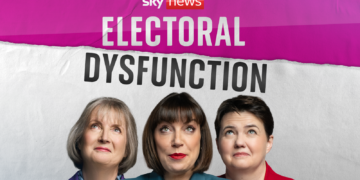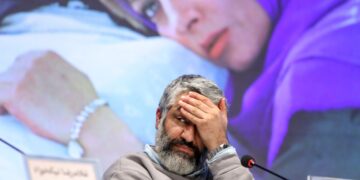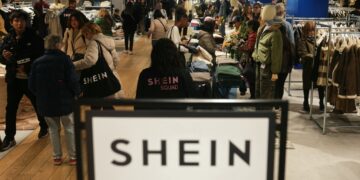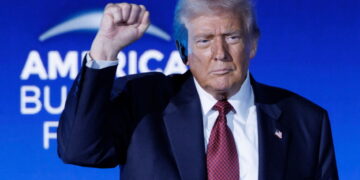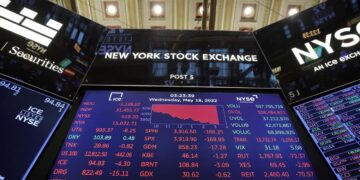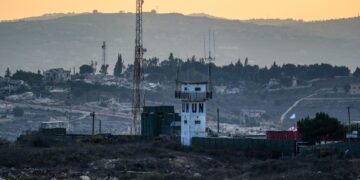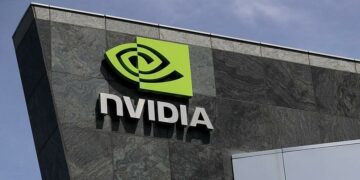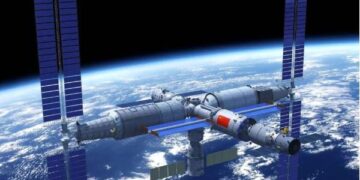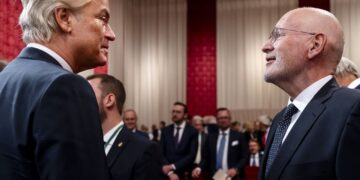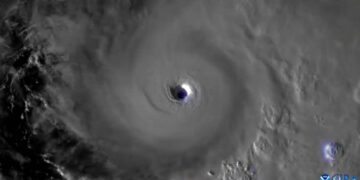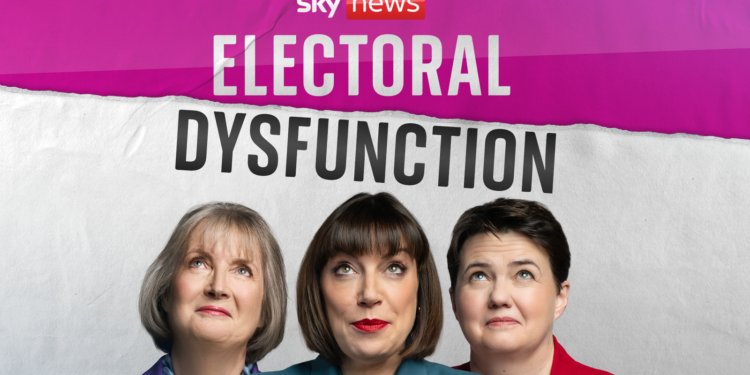In Downing Street, the tension between Chancellor Rachel Reeves and Labour leader Sir Keir Starmer has reached a breaking point. The rift between the two prominent figures has been bubbling just beneath the surface for months, but recent events have brought their differences into sharp focus.
The conflict between Reeves and Starmer stems from their divergent views on trade policy. Reeves, a staunch advocate for free trade and globalization, has clashed with Starmer, who has taken a more protectionist stance on trade issues. This fundamental disagreement has created a divide within the Labour Party, with supporters of each side becoming increasingly vocal in their criticism of the other.
The situation came to a head last week when Reeves publicly criticized Starmer’s handling of the party’s messaging on electoral dysfunction. In a scathing interview with Sky News, Reeves accused Starmer of failing to take a strong enough stance on the issue, which she believes is crucial to the party’s success in future elections. Starmer, for his part, has defended his approach, arguing that a more nuanced strategy is needed to win over voters.
The fallout from Reeves’ comments has been swift and severe. Some within the Labour Party have called for Starmer to step down as leader, citing his inability to unite the party behind a clear and coherent message. Others have rallied behind Reeves, praising her for speaking out against what they see as a lack of leadership from Starmer.
As the rift between Reeves and Starmer continues to widen, the future of the Labour Party hangs in the balance. With a crucial election on the horizon, the party must find a way to bridge the gap between its two most prominent figures and present a united front to the electorate. Failure to do so could spell disaster for Labour and pave the way for their opponents to seize power.
